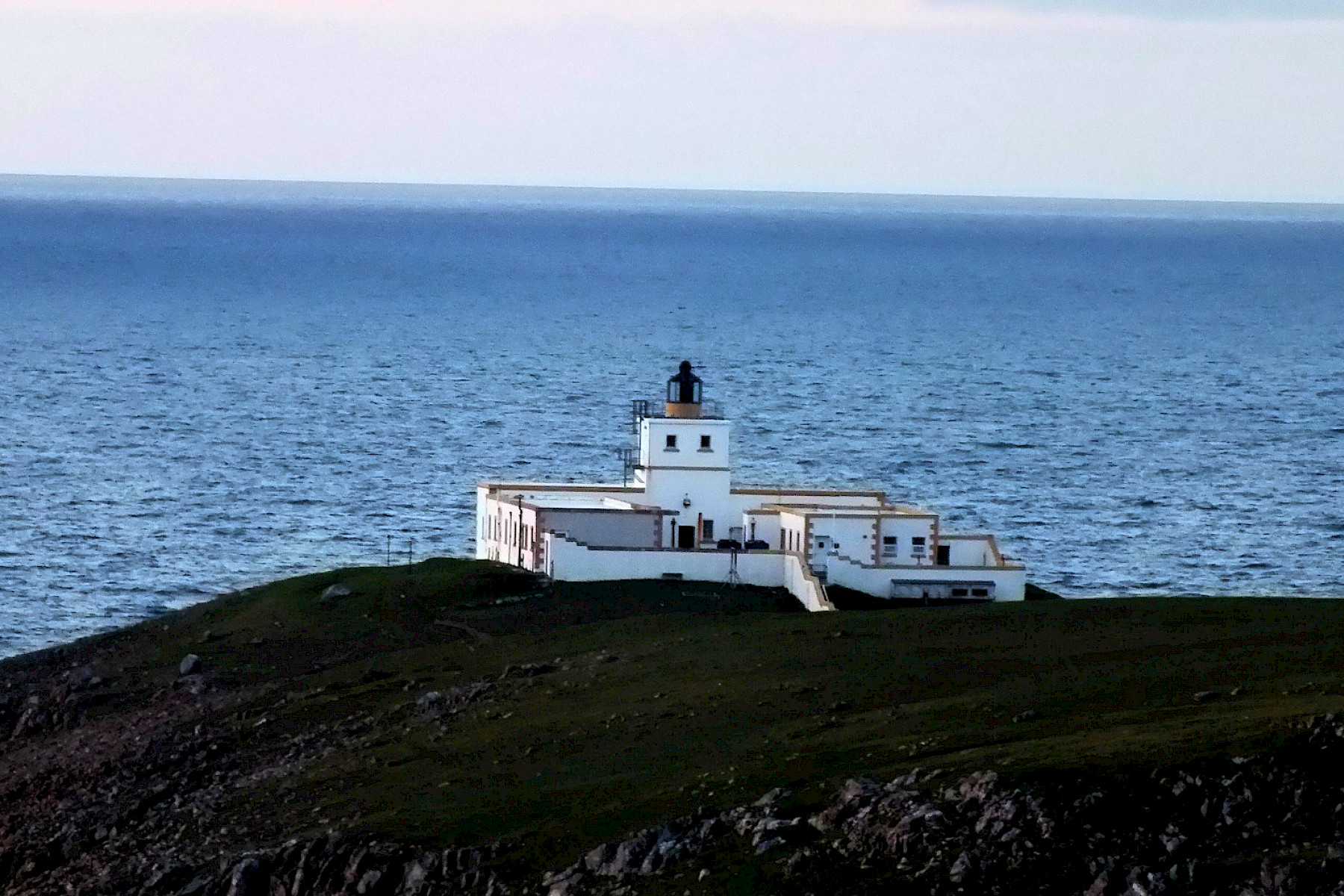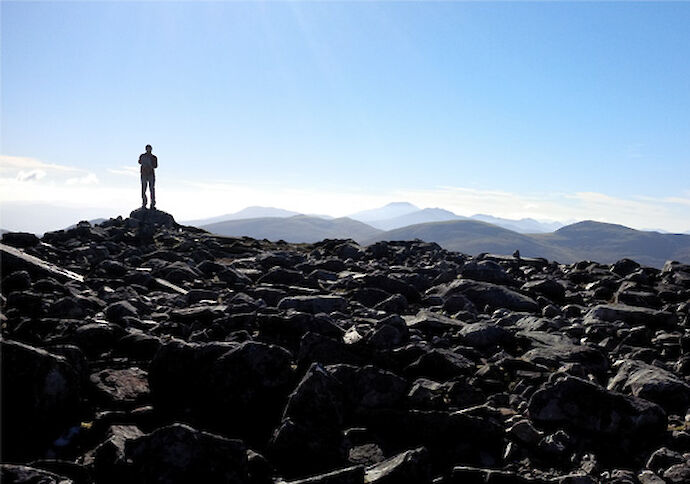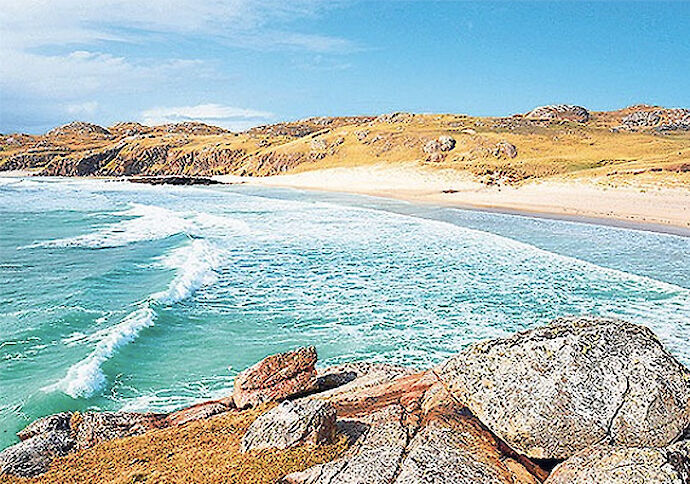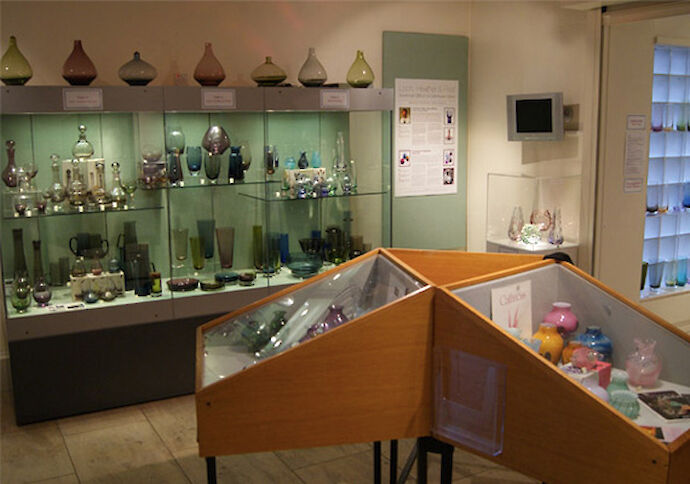Strathy
Strathy is a scattered community on the north coast and some would say takes in the whole area between Balligill Burn and the Armadale ‘Big’ Burn.
While in the area explore the area’s industrial heritage, the story of the Highland Clearances or why not see if you can spot some whales or dolphins.
Like many areas across the north there is evidence of the notorious Highland Clearances in the post-clearance village of Poulouriscaig. This isolated and barren spot was settled during the Strathnaver Clearances between 1814 and 1819. Tenants were expected to augment their diet with fish but the coastal cliffs are very high and rugged and although Poulouriscaig is thought to mean "Pool of the Anchorage" fishing was not an easy option. The site was abandoned in 1943 and today although the houses have lost their roofs most of the walls are still intact and the land is still green in contrast to the surrounding heather, clearly showing where each boundary existed.
As well as the expansion of the fishing industry landlords also developed the lime industry as a way to provide employment for their tenants. In Strathy evidence of this can still be seen in some extremely well preserved lime kilns at Baligill and Strathy. Other examples of industry can be seen at Baligill Mill originally built as a meal mill in 1800 and later converted to a woollen carding mill about 1860.
The area is also a fantastic place to view a wide range of flora and fauna. The steep grassy slopes and dune grasslands that surround Strathy Bay are rich in wild flowers and a number of uncommon plants can be found here. Purple oxytropis, spring squill, kidney vetch, Scottish primrose and some rare eyebright species flourish here. From Strathy Point there are extensive views of the northern coastline and on a clear day, it is possible to see Cape Wrath, Dunnet Head and Orkney. The impressive cliffs of Strathy Point, the cliff-top vegetation with the rare Scottish primrose, the variety of seabirds, whales and dolphins are waiting for you to discover them.
Photos on this page by Fiona Jack.
Find More in Strathy

Accommodation

Restaurants & Bars

Tour Operators

Visitor Attractions

